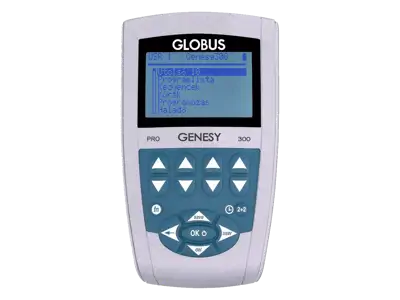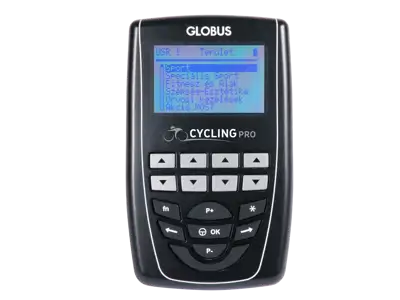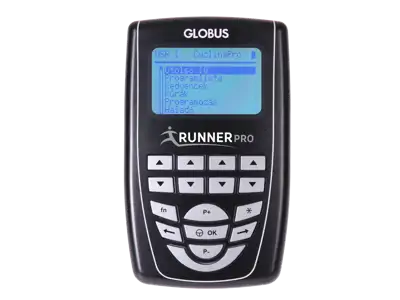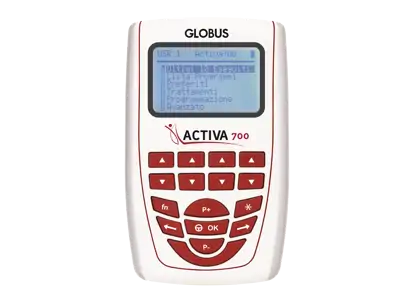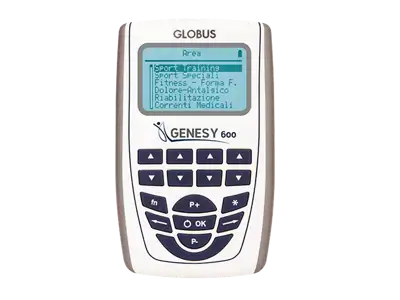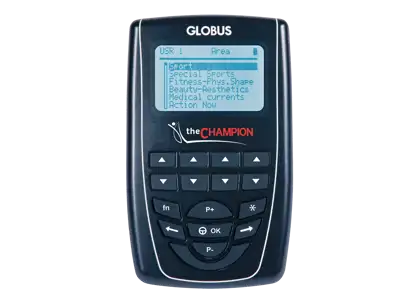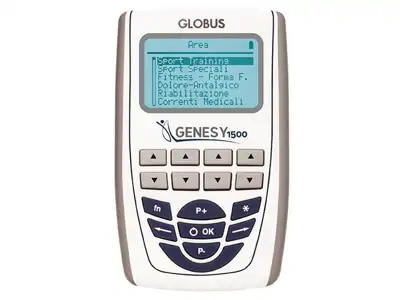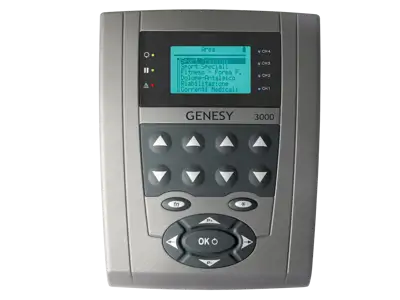Microcurrent therapy (MCR)
Microcurrent (MENS) stimulation is today's most modern, rapidly expanding pain relief method, a form of electrostimulation
Read more...In developed healthcare countries (USA, Canada, UK, Japan), MCR - also known as MENS - is now one of the most commonly used types of stimulation, as more and more studies are demonstrating its benefits.
- safety
- comfort of treatment
- acute and chronic pain relief
- faster regeneration of damaged tissues, faster healing of wounds, scars and injuries
- collagen fibre production, skin elasticity
- complete absence of side effects and complications
What is microcurrent (MENS?)
A microcurrent device is an electrostimulation device. It can be used for nerve stimulation treatment, which is the latest and most effective method of pain relief. Its main advantages are the absence of drugs and side effects, and the complete absence of discomfort.
What is the difference between TENS and microcurrent therapy?
Both are used to relieve pain quickly, but....
TENS is effective in relieving pain but has no curative effect, i.e. it does not treat the source of the pain. After TENS treatment, the pain returns after a while, the condition itself is not cured by TENS treatment.
Microcurrent (MENS) is more effective than TENS in relieving pain, and it also acts on the source of the pain. It stimulates the healing process, thus permanently eliminating pain by curing the disease.
What is the main technical difference?
TENS treatment uses milliampere (mA) current, so the treatment can be felt in the form of a tingling sensation. With old and poor quality equipment, TENS treatment can be particularly unpleasant and can cause a burning sensation, which is why many people cannot tolerate it.
Microcurrent treatment uses a current of microampere (μA) strength, which is a thousandth of that used in TENS treatment. This is such a mild current that the treatment is not felt. It can also be used by people who "can't stand" TENS.
How does microcurrent work?
For more than a century it has been known that the cell membrane "enveloping" cells has an electrical charge of about -50 microvolts. This is the resting membrane potential.
The outer surface of a healthy, functioning cell membrane has a positive charge, while the inner surface has a negative charge.

When a cell is damaged, its energy production and protein synthesis stop, i.e. the cell becomes "sick". The potential of the damaged part becomes negative and the electric current flows towards this damaged area. This current is called injury current. The strength of the injury current varies between 10 μA and 30 μA; in other words, the injury current is a microcurrent.
Microcurrent treatment restores the disrupted charge distribution, i.e. it eliminates the injury current. The microcurrent stimulation thus restores a healthy state and cellular processes are restarted. In the mitochondria, ATP production (the cell's energy source) and protein production are restarted, accelerating the healing and regeneration of damaged tissues.
BENEFITS OF MENS TREATMENT
- Safe and comfortable treatment - the electrical impulses are so mild that there is minimal discomfort
- Excellent for both acute and chronic pain reduction
- Accelerates regeneration from inflammation, accelerates the healing of injuries, wounds, bone fractures
- stimulates collagen fibre production, increases skin elasticity.
- No side effects or complications.
The use of microcurrent therapy
A mere 15-20 minutes of microcurrent can relieve pain in 95% of patients, significantly higher than TENS.
In Wallace's studies of chronic pain, pain reduction averaged 55% after the first treatment, 61% after the second and 77% after the third. Pain was completely resolved in 82% of patients after less than 10 treatments (an average of four treatments).
Microcurrent treatment is therefore recommended for particularly persistent and severe pain, such as arthritis, arthrosis, herniated discs, sciatica, rheumatism, fibromyalgia, shingles, etc.
Back to top...


